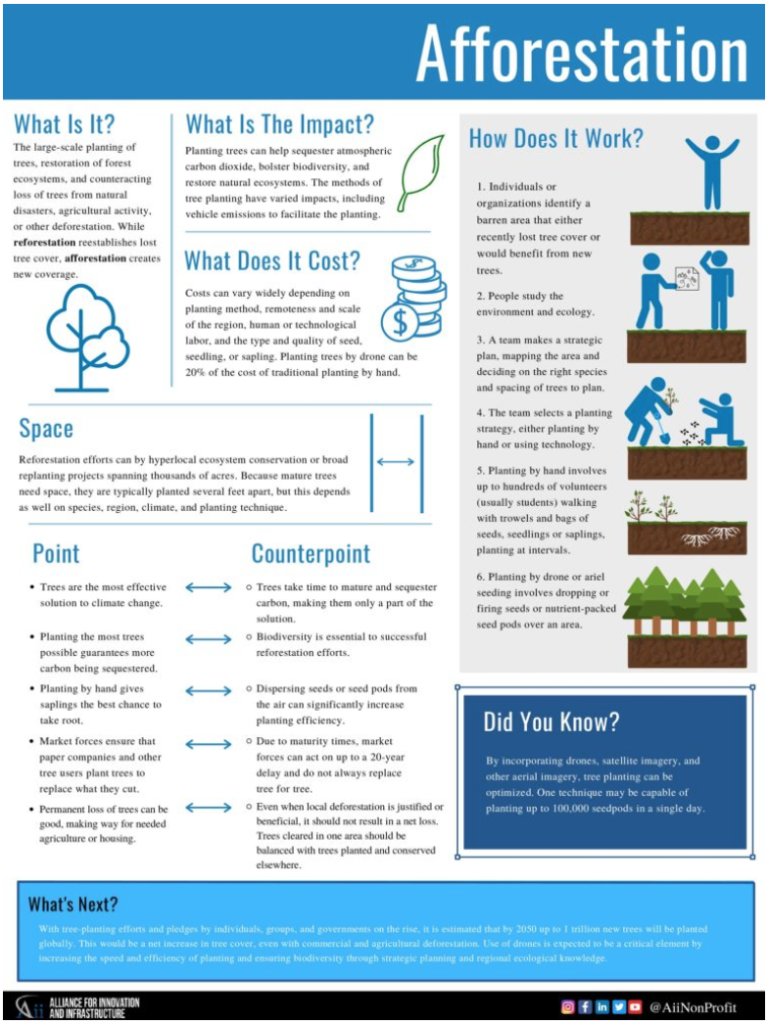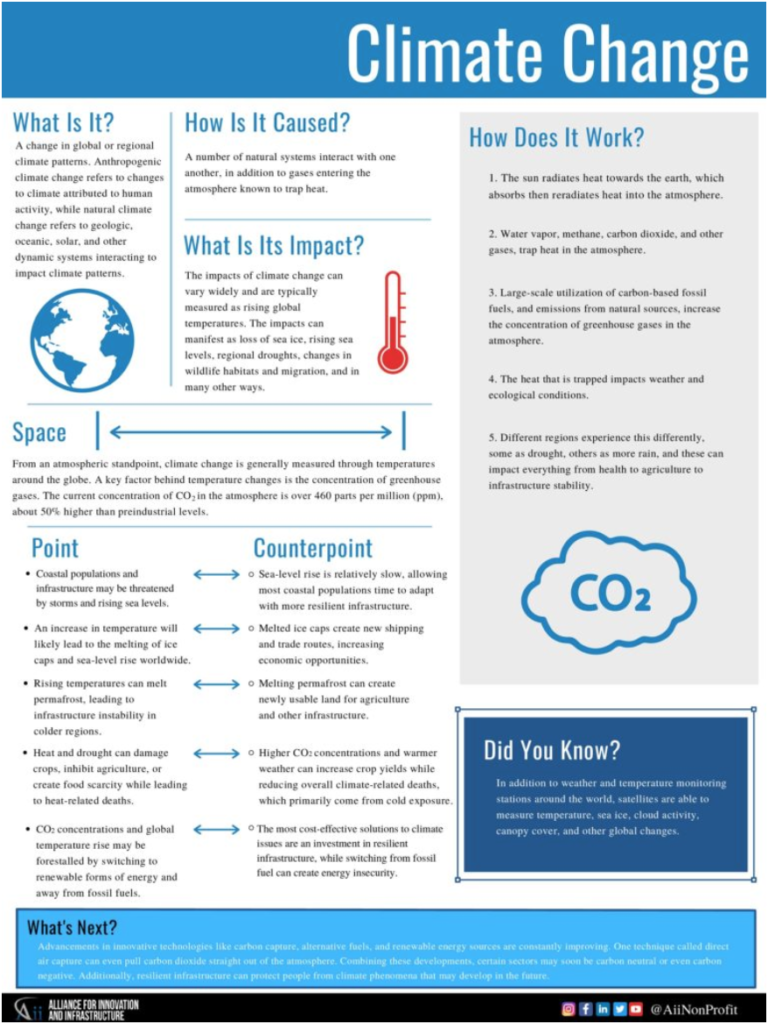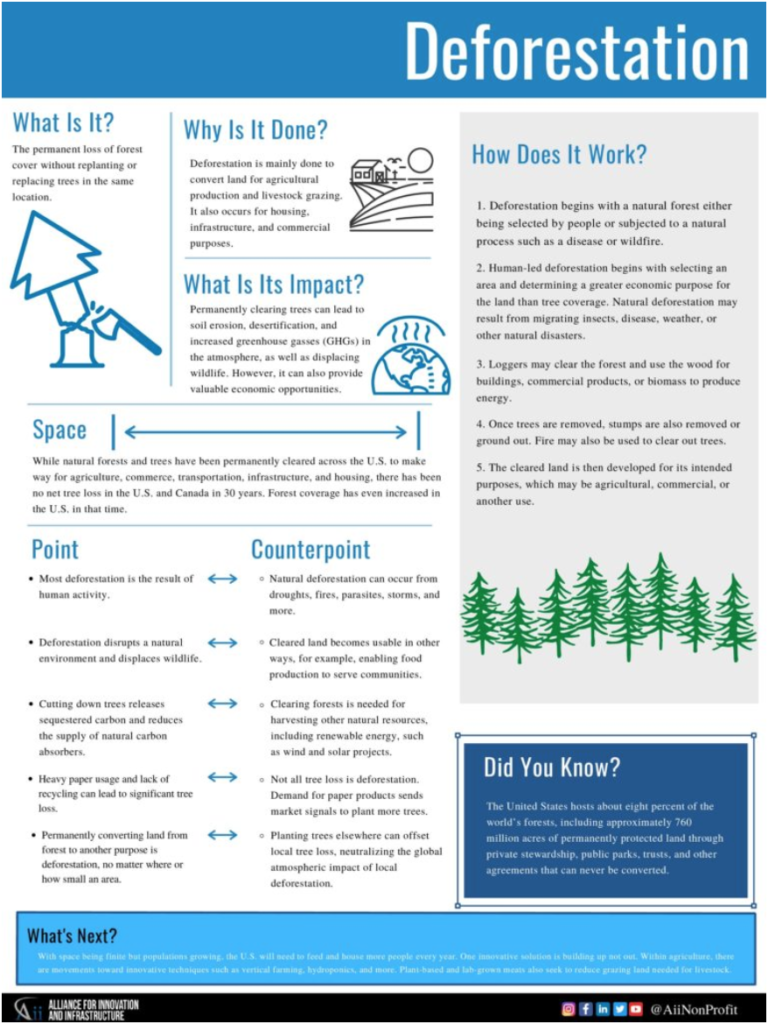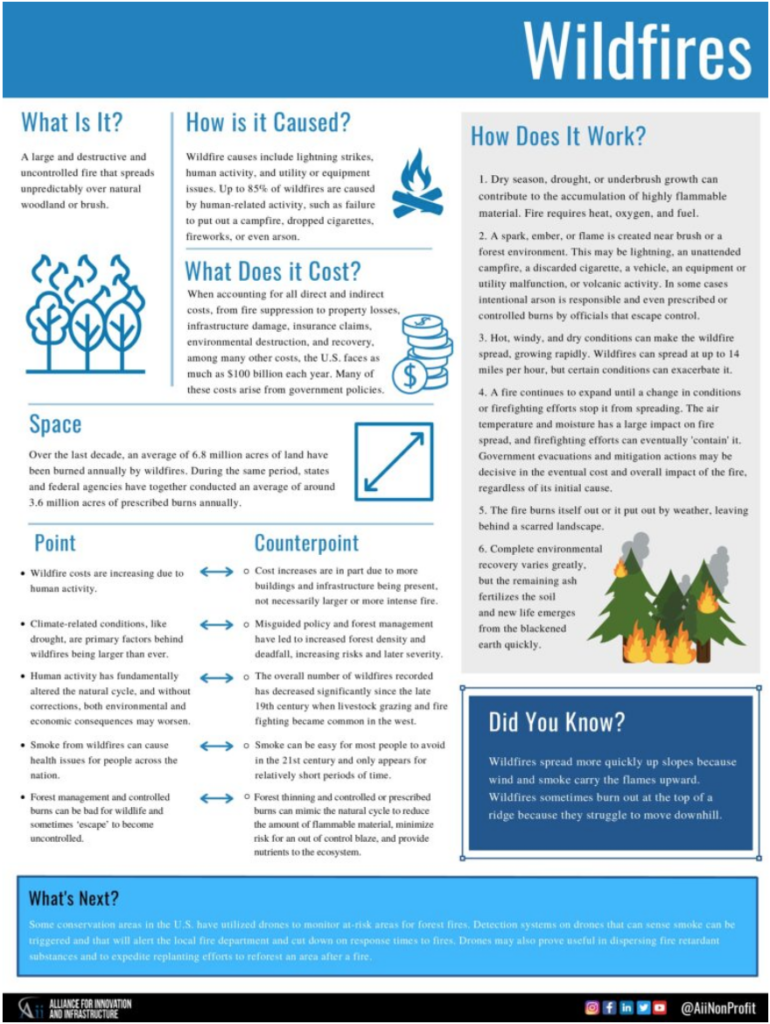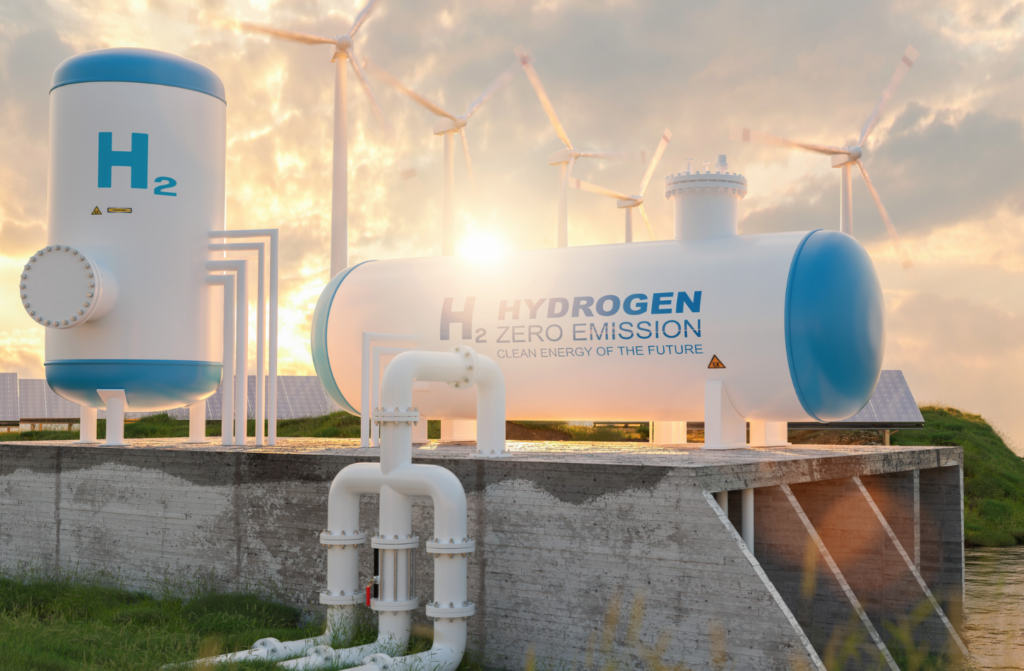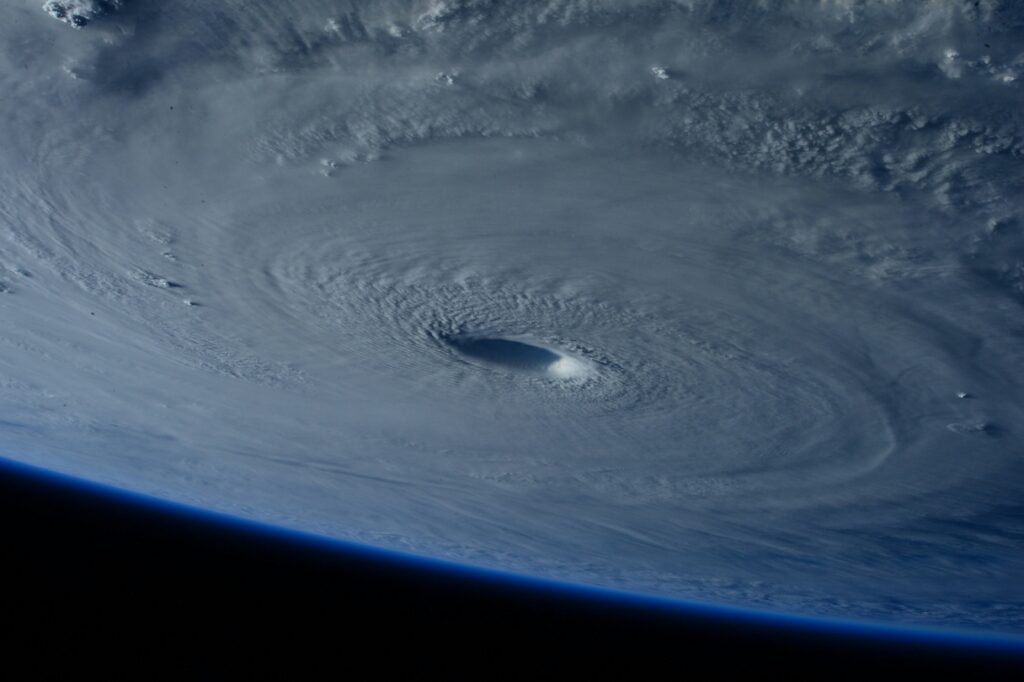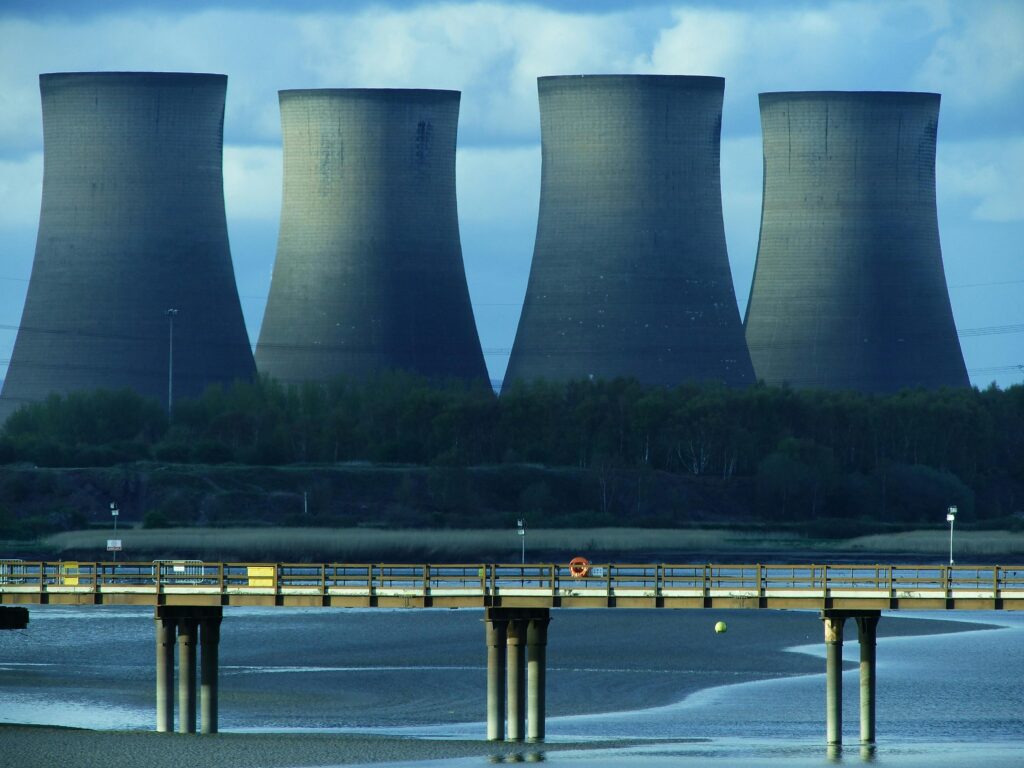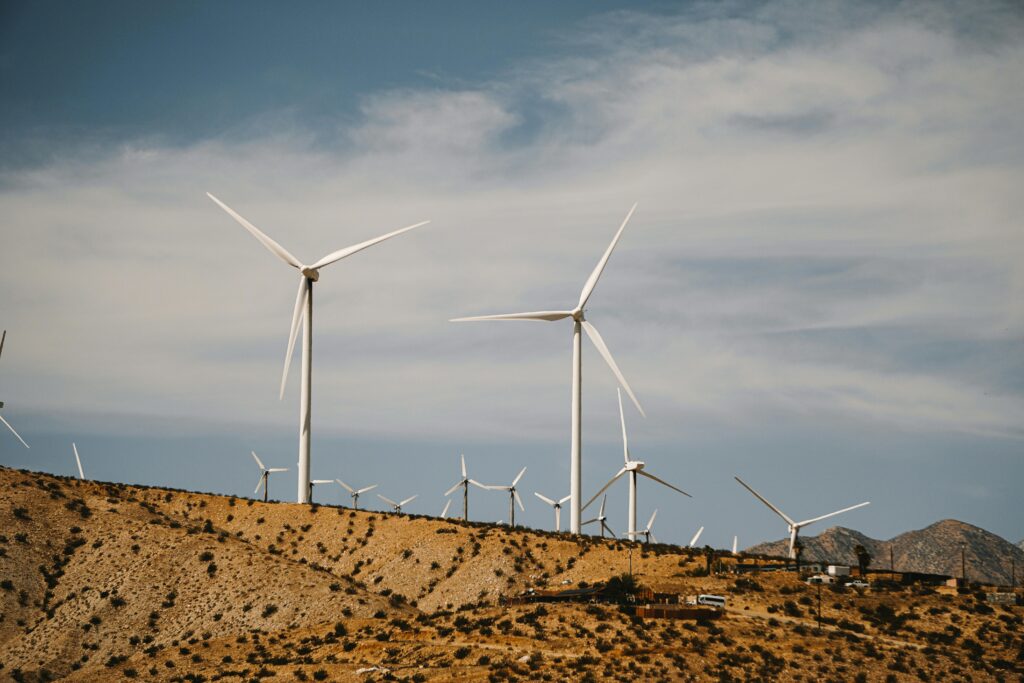Background
Since 2005, the U.S. has reduced greenhouse gas emissions by well over one billion metric tons – a 20 percent decrease in carbon dioxide emissions. This effort has garnered international attention, yet there is still much more to be done. Innovation and new technologies have paved the way for a cleaner future, even while other parts of the world produce ever greater shares of emissions.
Regulation is certainly warranted, but a focus on improving technology and techniques must remain a chief priority so we can achieve better, safer, cleaner outcomes in America and export that innovation to other parts of the world. The challenge of climate change is a global one, and American leadership and innovation will be essential.
The Challenge
The first challenge in understanding and combatting such a polarizing and complex topic as climate change is separating fact from fiction. This is harder than it seems, because on its own, data cannot prescribe policy or even inform the true nature of certain problems or solutions. All data must be interpreted, analyzed, and viewed through a framework, worldview, or set of assumptions. This is often then cast as a narrative. Critical, then, is understanding where positive descriptions end and normative judgments and policy prescriptions begin.
The data shows warming. Climate change is a reality that must be confronted. Part of the problem is a technical one– our society, as well as nature, emits many warming gases. Innovating to prevent that cannot be done overnight. And regulating those emissions away still requires the technology to arrive on scene and at scale.
When we do get to policy, it is important have clearly defined goals. If the goal is to achieve lower carbon emissions, that can be done through reducing energy consumption, meeting demand with low-emissions or emissions-free resources, or by improving technology, like energy storage, to better align energy production and consumption – or all of the above. This is where costs and benefits must also be central. Energy raises standards of living, lifts people out of poverty, allows the cultivation and transportation of food, goods, and resources, and warms or cools homes. Risking these things to lower global carbon emissions may be too costly for not enough practical benefit.
Finding those boundaries is essential for businesses, policymakers, and government bodies. Agreeing on the best course of action, however, remains a challenge. Adding to this is the problem that other nations produce greater emissions and have different policies and standards for enforcement. If it falls on the United States to pave the way on climate change, we must be ready to solve problems and export the solutions and technology to the most critical areas around the globe.
The Solution
There are many ways to approach climate change and conservation challenges. These may be through economics, tax policy, innovation in the lab, or community efforts to plant trees and safeguard local wildlife. While each of these is a needed piece of the puzzle, and they must be pursued, the two we focus on are innovation and resiliency. Surprisingly, the use of voluntary carbon offsets may be one key to unlocking future innovation in addition to mitigating emissions.
Innovation
There are virtually no problems that cannot be innovated around. When we wanted to put a man on the moon, we invented the math. Humans have incredible capacity to solve problems and imagine new possibilities.
Not long ago, the global climate challenge seemed insurmountable. Now, innovators are literally sucking carbon straight out of thin air. Power storage and batteries are improving and scaling at costs unheard of a decade ago – making wind and solar power more feasible. Scrubbers have taken the dirty air pollutants from coal out of the equation. Drones are mapping and planting new forests and replacing the slow, back-breaking labor of tree planting. These innovations tackle the global problem one element at a time.
We must have public policy and regulation that fosters innovation. That means encouraging innovators to try new things and bring them to the market, and not prescribing how they must go about different practices. We must limit new emissions and counteract the old ones through new technology that promotes higher standards of living and allows robust energy consumption. An innovative way to achieve this outcome may be through the use of voluntary carbon offsets*. These enable individuals and organizations to pay for an amount of carbon dioxide to be removed through carbon capture and other offsetting technologies and practices. This means money is allocated directly to innovators and entrepreneurs creating climate solutions, and over time, may help jumpstart a standalone climate industry sustained by a circular carbon economy*.
Infrastructure Resiliency
We cannot control the climate, and while we must strive for cleaner, more efficient, and conservation-oriented solutions, threats to life and property are happening now. Whether storms are becoming more frequent, stronger, or remaining about the same, we know the damage that comes from a Category 5 hurricane or an F5 tornado.
Building infrastructure capable of withstanding any natural disaster or weather phenomenon – and avoiding blackouts when these instances occur – is every bit as impactful as efforts to mitigate future disasters through emissions reductions. Levees and flood management must be improved, undergrounding of utilities should be considered, and investments in a smarter grid are essential for living through the storms to come.
Featured Works Below
Policy Blog
Policy Briefs and White Papers
Cover Title Published Keywords Download hf:doc_categories hf:doc_tags 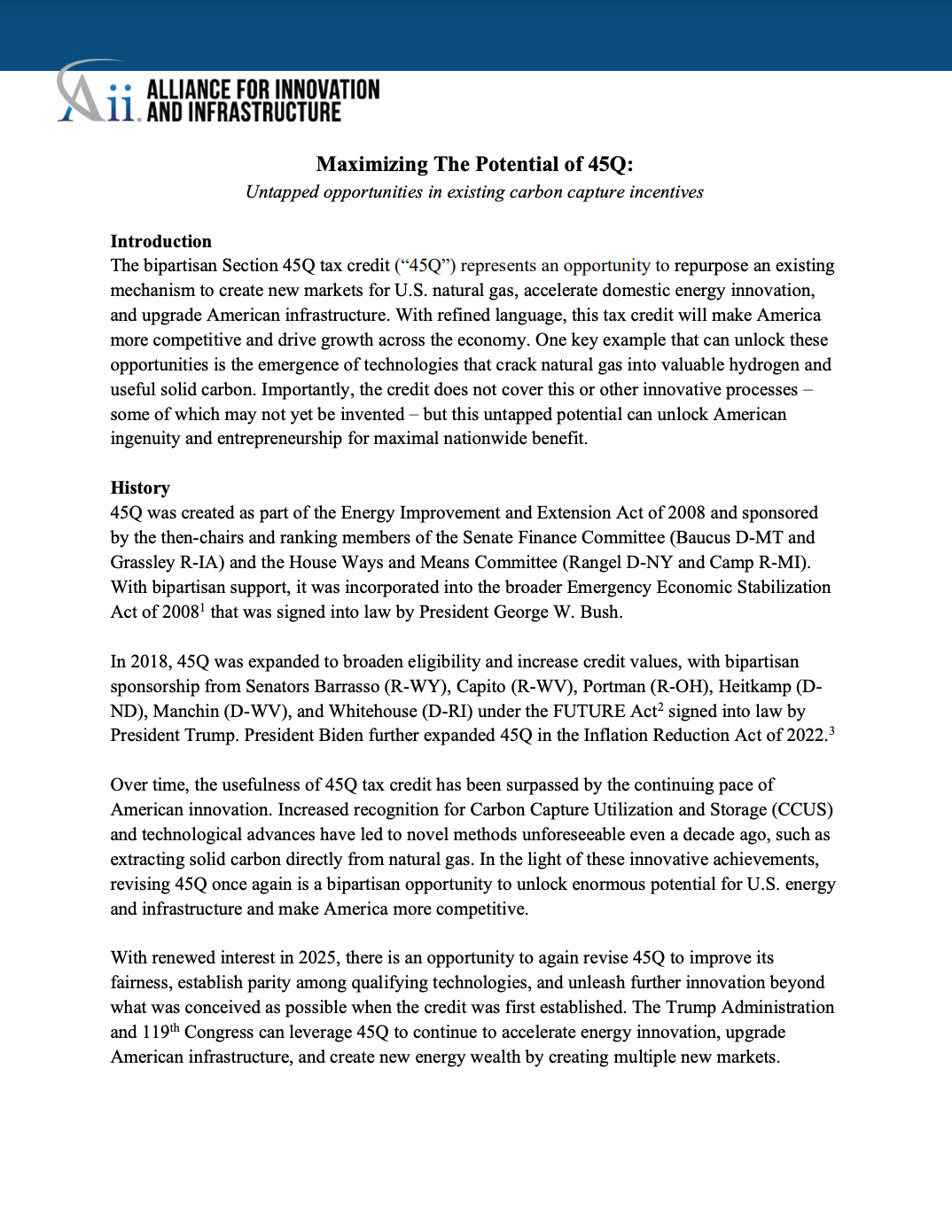
Maximizing The Potential of 45Q: Untapped opportunities in existing carbon capture incentives February, 2025 Decarbonization, Energy, Innovation and Technology, Climate and Conservation policy-briefs decarbonization energy innovation-and-technology climate-and-conservation 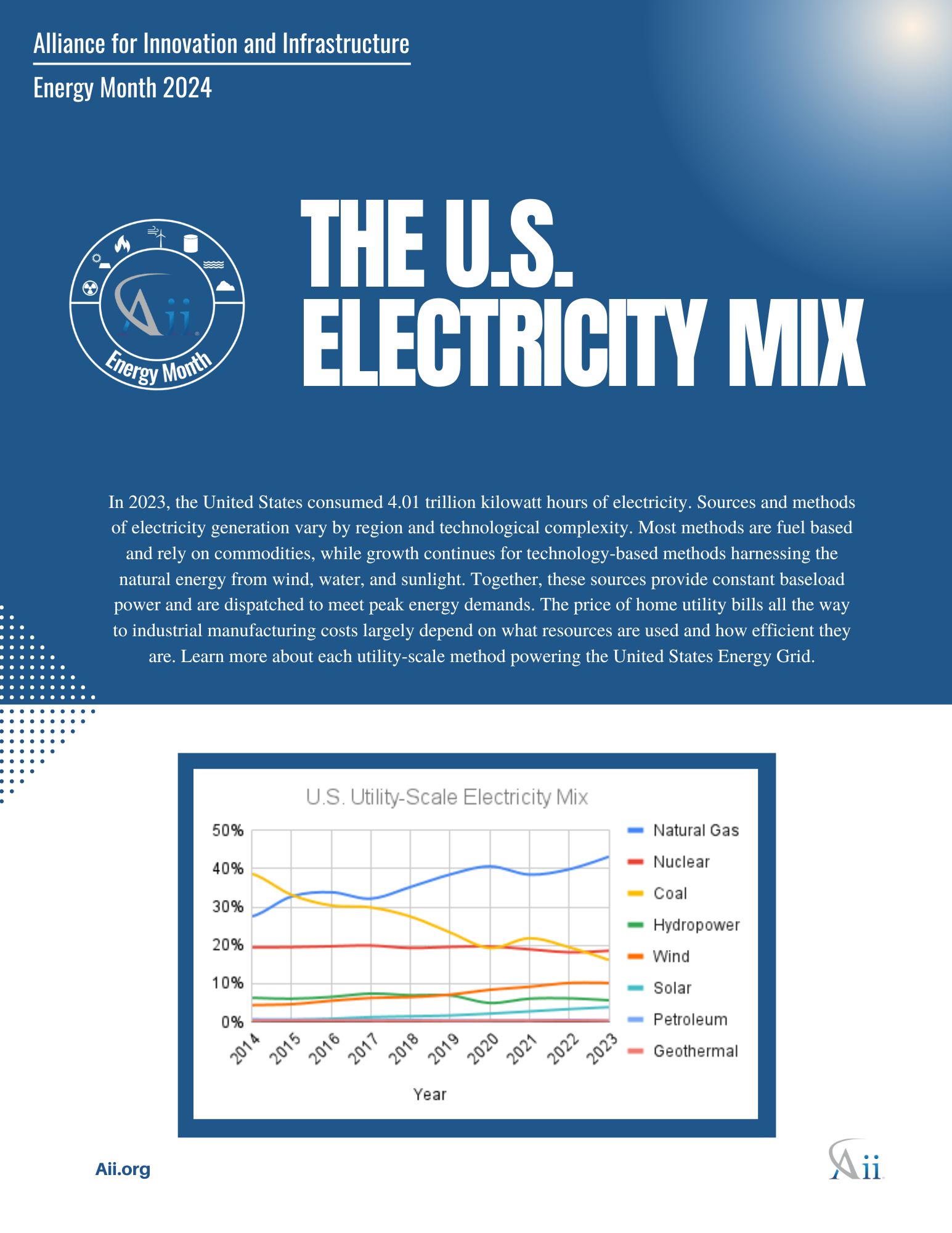
2024 Energy Spotlights: The U.S. Electricity Mix July, 2024 Energy, Climate and Conservation, Grid policy-briefs energy climate-and-conservation grid 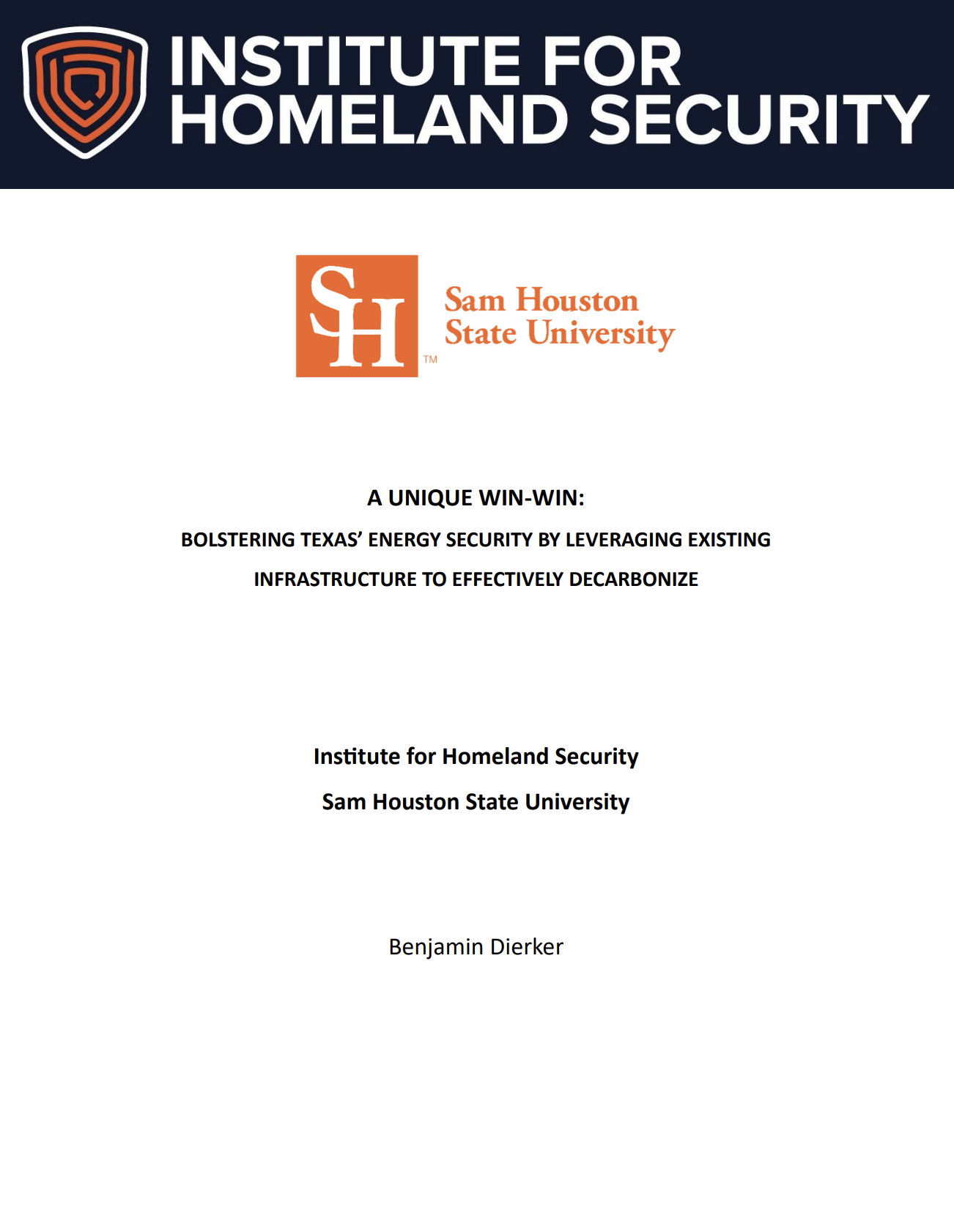
A Unique Win-Win: Bolstering Texas’ Energy Security by Leveraging Existing Infrastructure to Effectively Decarbonize June, 2024 Decarbonization, Energy, Innovation and Technology, Climate and Conservation white-papers decarbonization energy innovation-and-technology climate-and-conservation 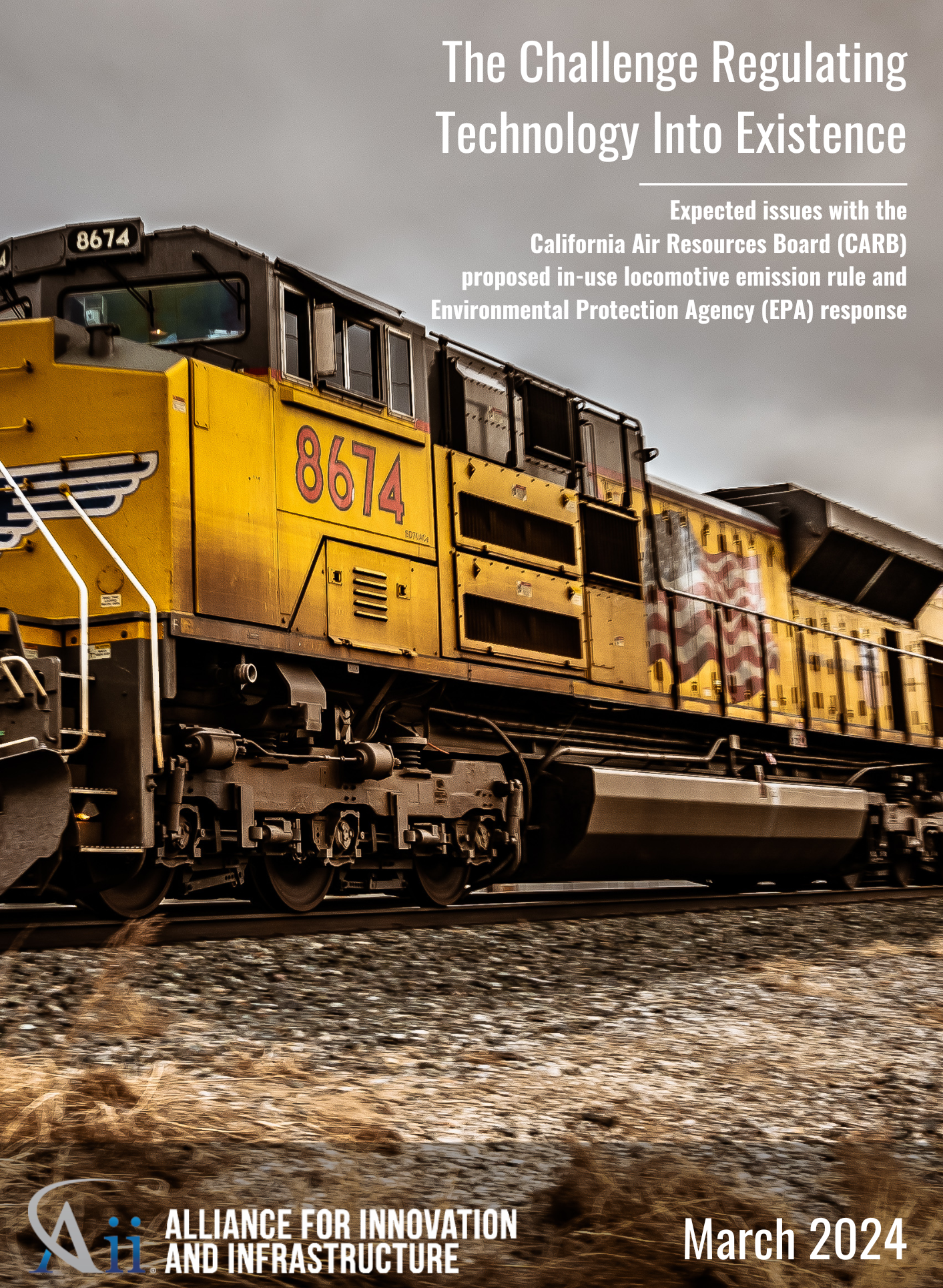
The Challenge Regulating Technology Into Existence: Expected Issues with the California Air Resources Board (CARB) Proposed In-Use Locomotive Emission Rule and Environmental Protection Agency (EPA) Response March, 2024 Transportation, Rail, Climate and Conservation white-papers transportation rail climate-and-conservation 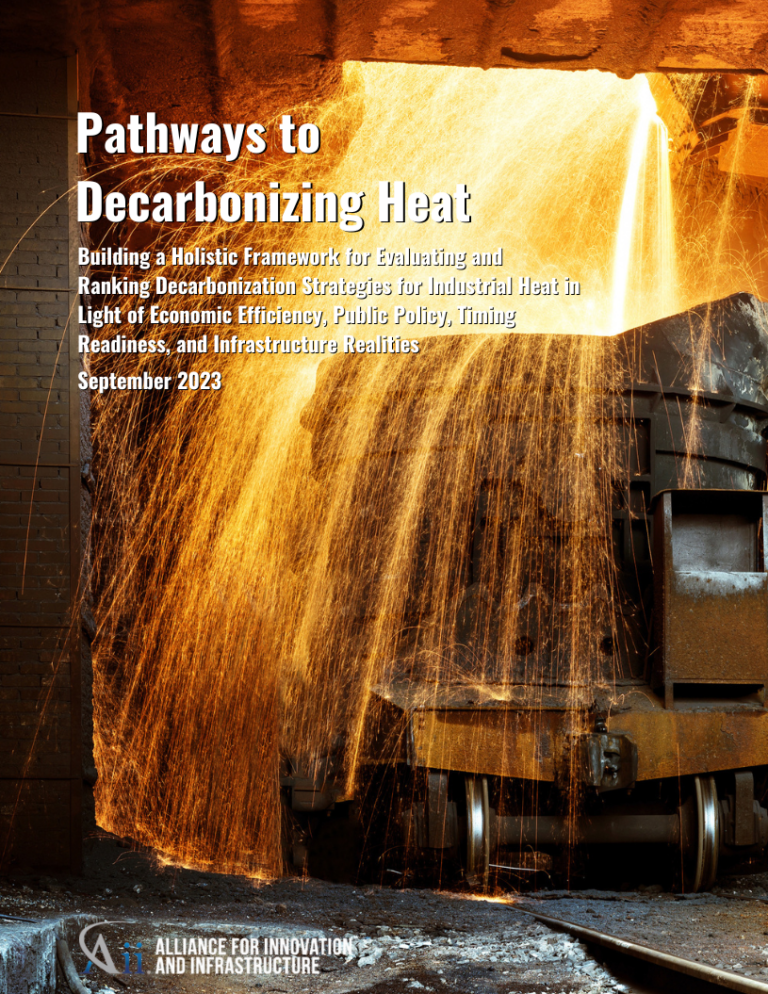
Pathways to Decarbonizing Heat: Building a Holistic Framework for Evaluating and Ranking Decarbonization Strategies for Industrial Heat in Light of Economic Efficiency, Public Policy, Timing Readiness, and Infrastructure Realities September, 2023 Decarbonization, Energy, Innovation and Technology, Climate and Conservation white-papers decarbonization energy innovation-and-technology climate-and-conservation 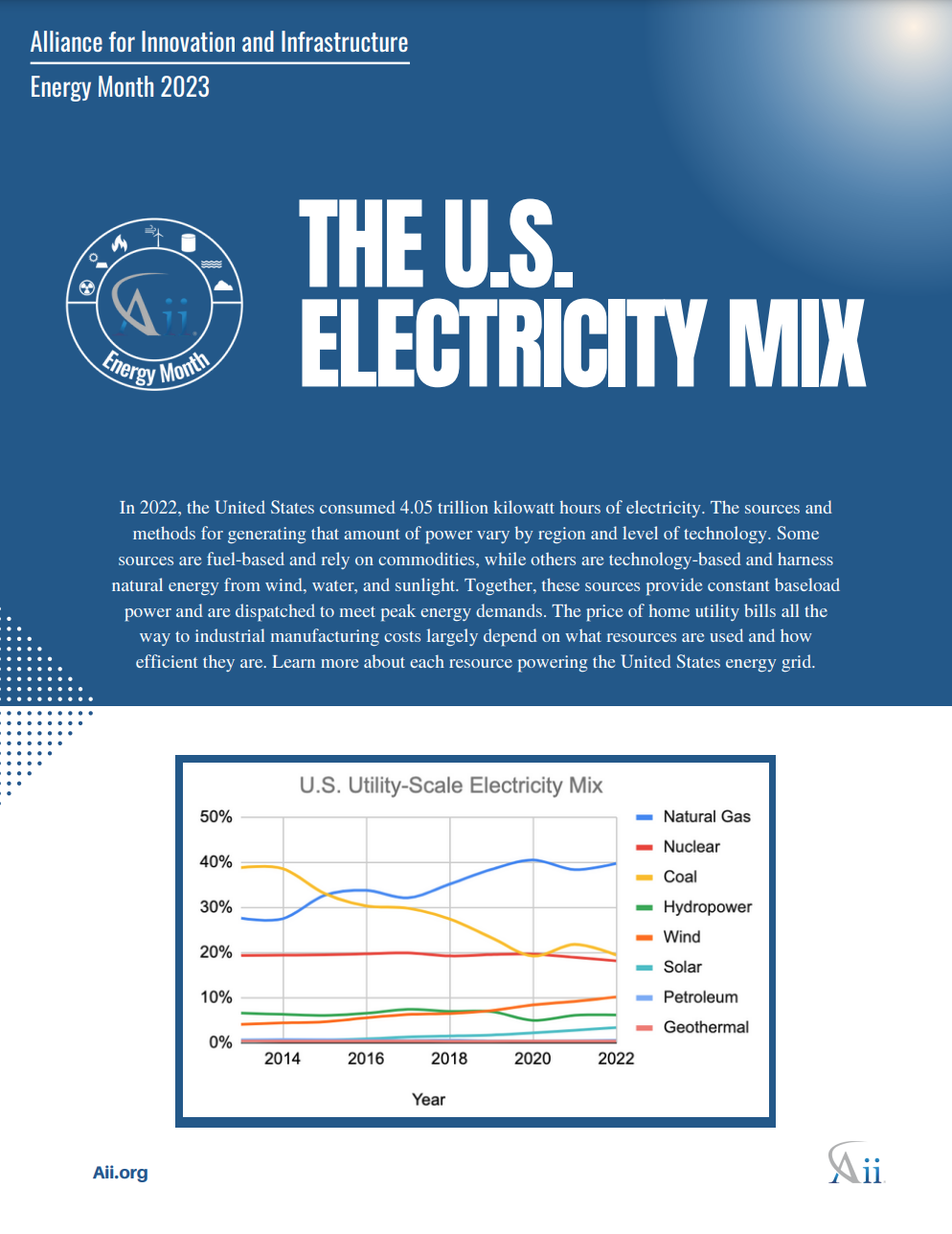
The U.S. Electricity Mix: 2023 Energy Spotlight August, 2023 Energy, Climate and Conservation, Grid policy-briefs energy climate-and-conservation grid 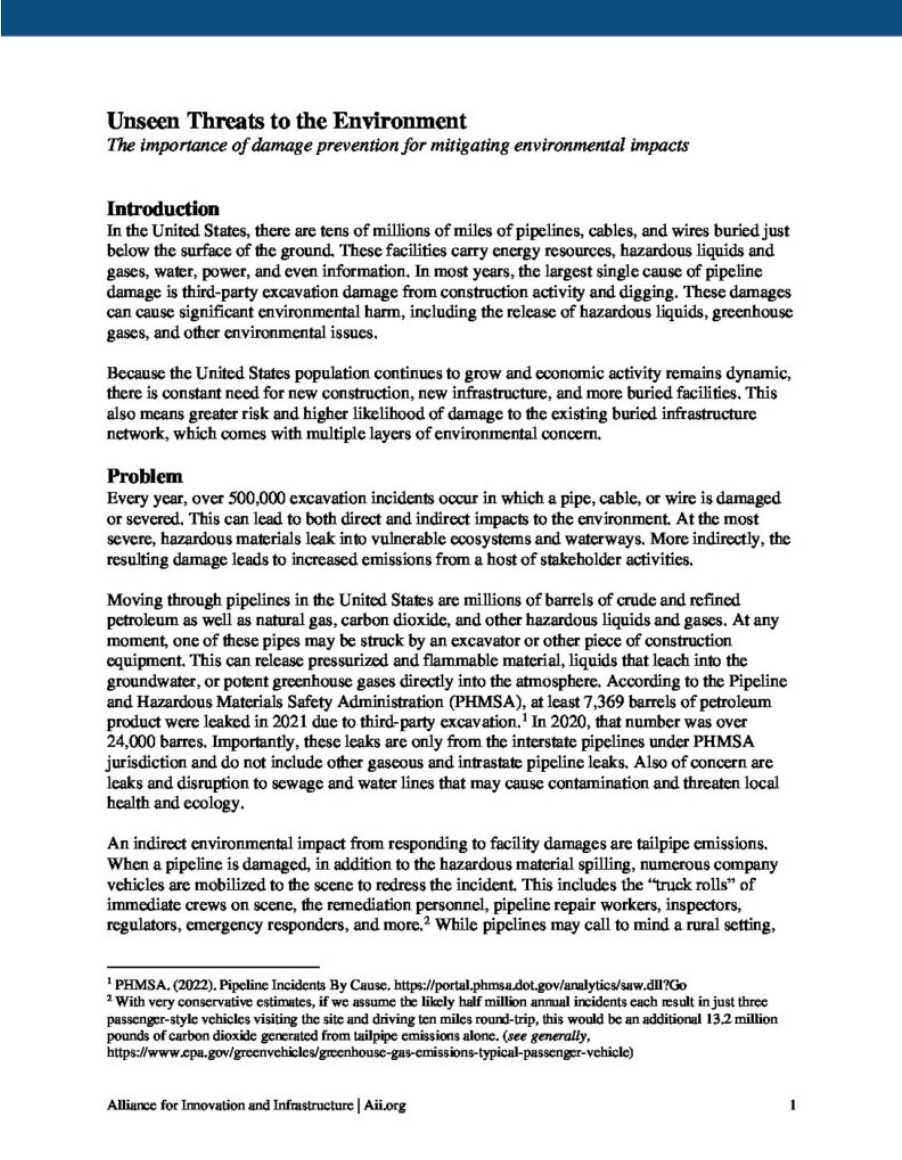
Unseen Threats to the Environment April, 2023 Damage Prevention, Energy, Climate and Conservation policy-briefs damage-prevention energy climate-and-conservation 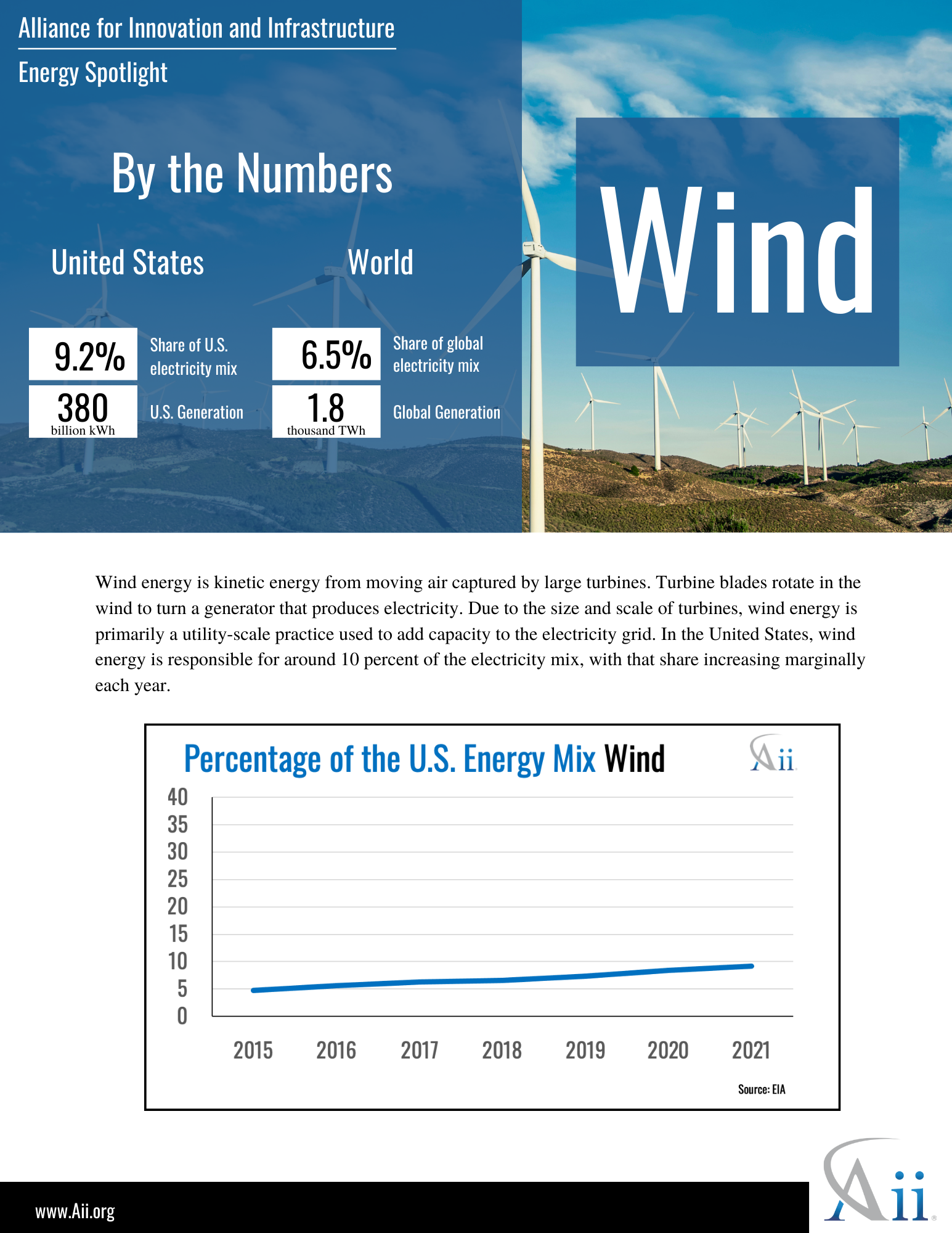
Energy Spotlight: Wind October, 2022 Energy, Climate and Conservation policy-briefs energy climate-and-conservation 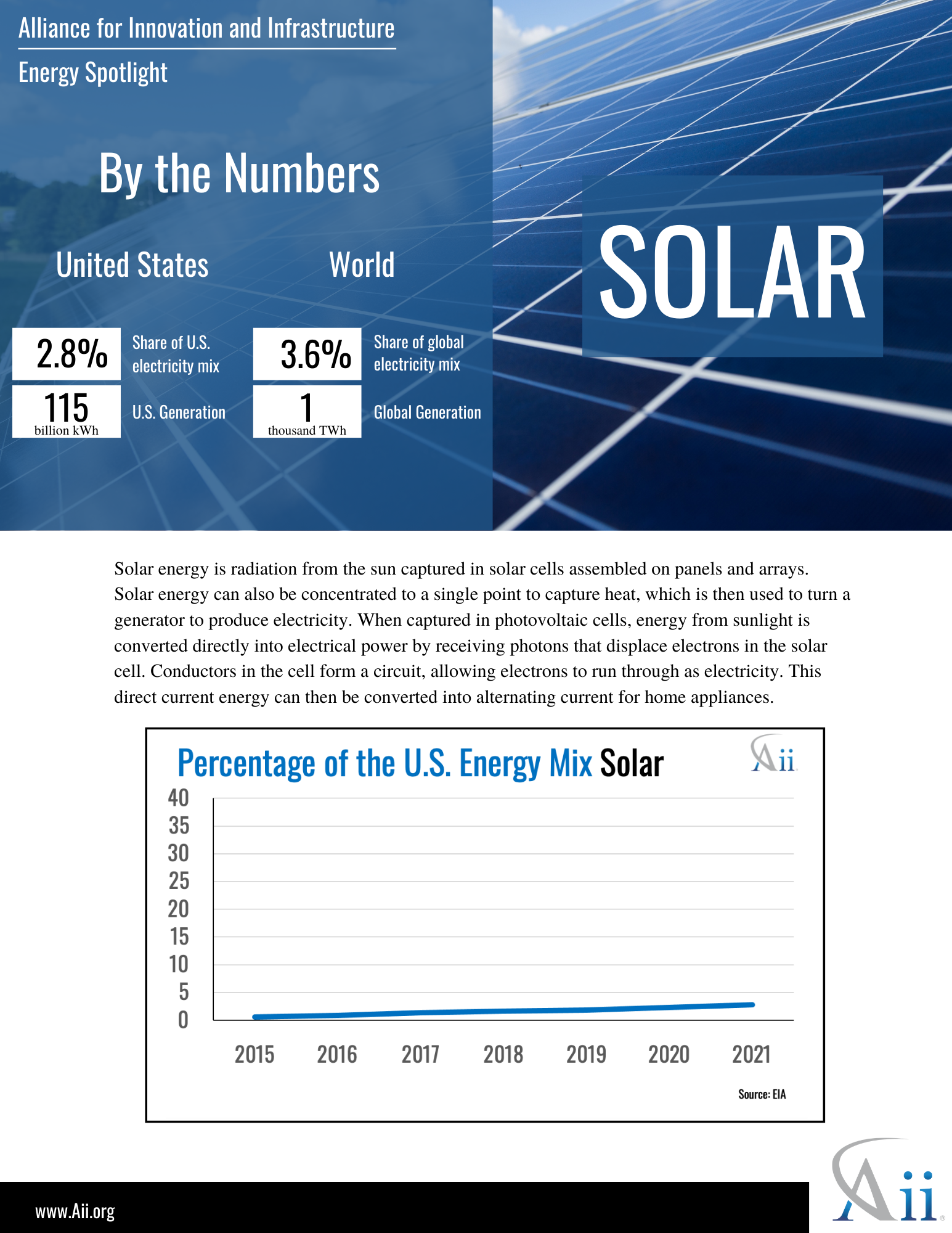
Energy Spotlight: Solar October, 2022 Energy, Climate and Conservation policy-briefs energy climate-and-conservation 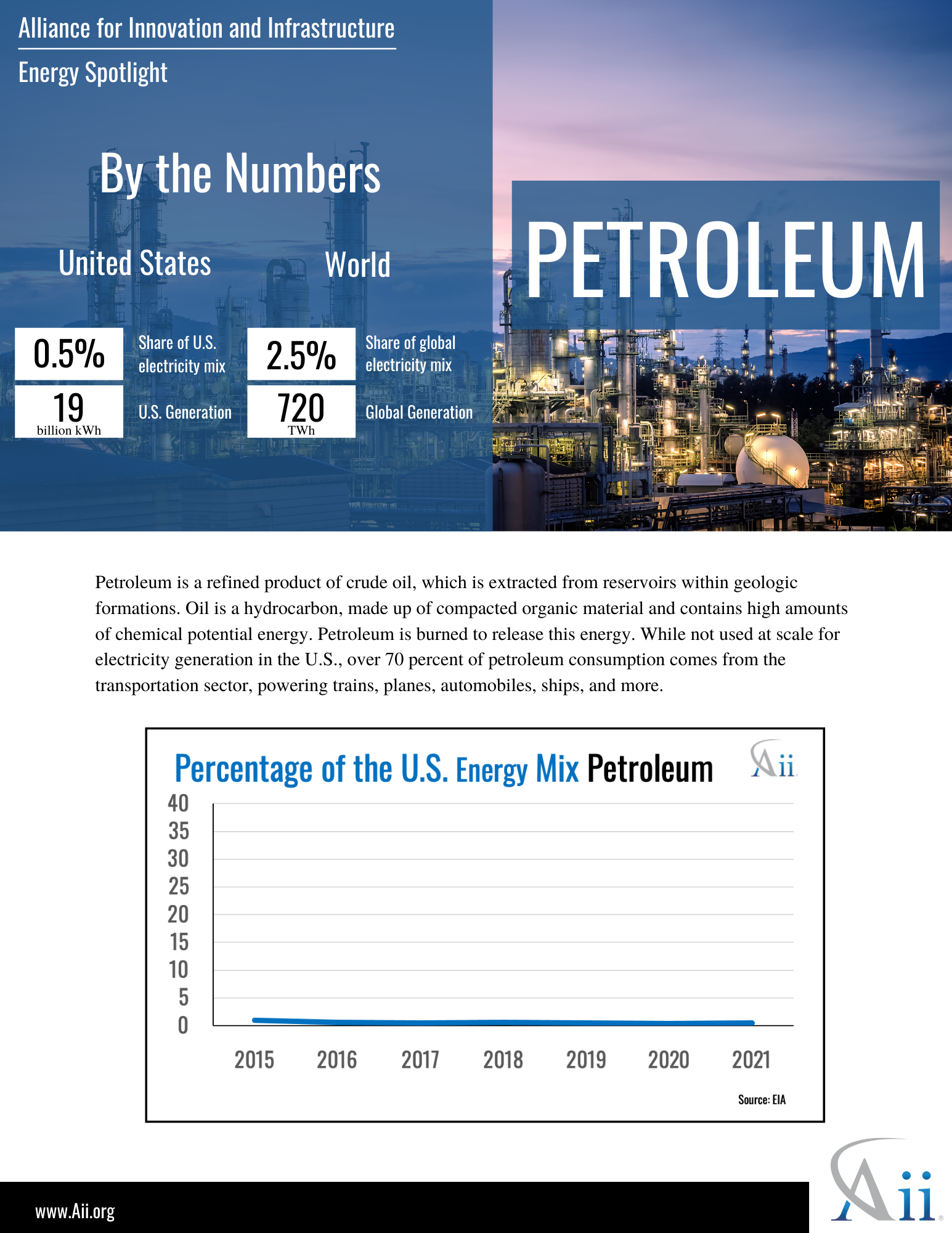
Energy Spotlight: Petroleum October, 2022 Energy, Climate and Conservation, Petroleum policy-briefs energy climate-and-conservation petroleum 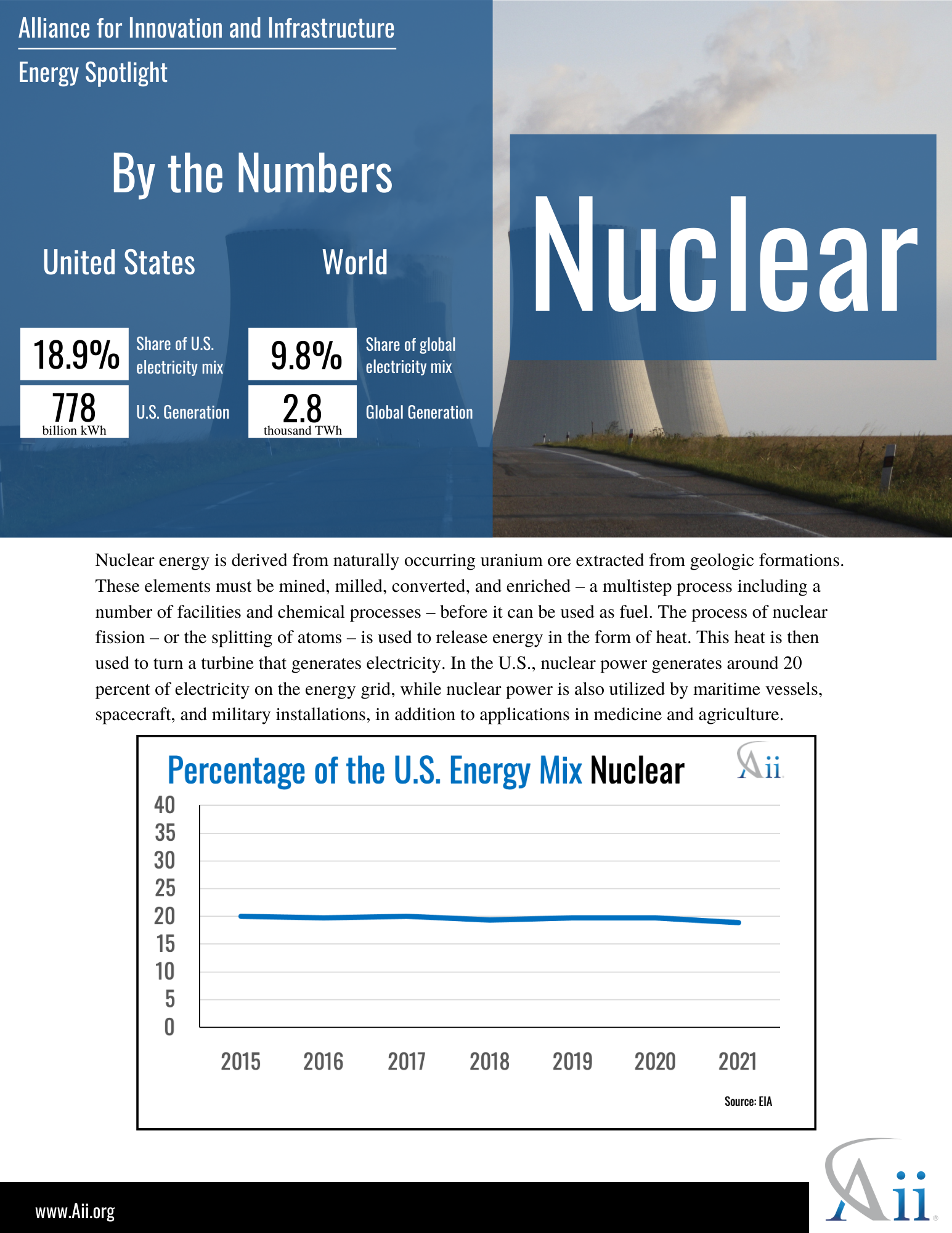
Energy Spotlight: Nuclear October, 2022 Energy, Climate and Conservation policy-briefs energy climate-and-conservation 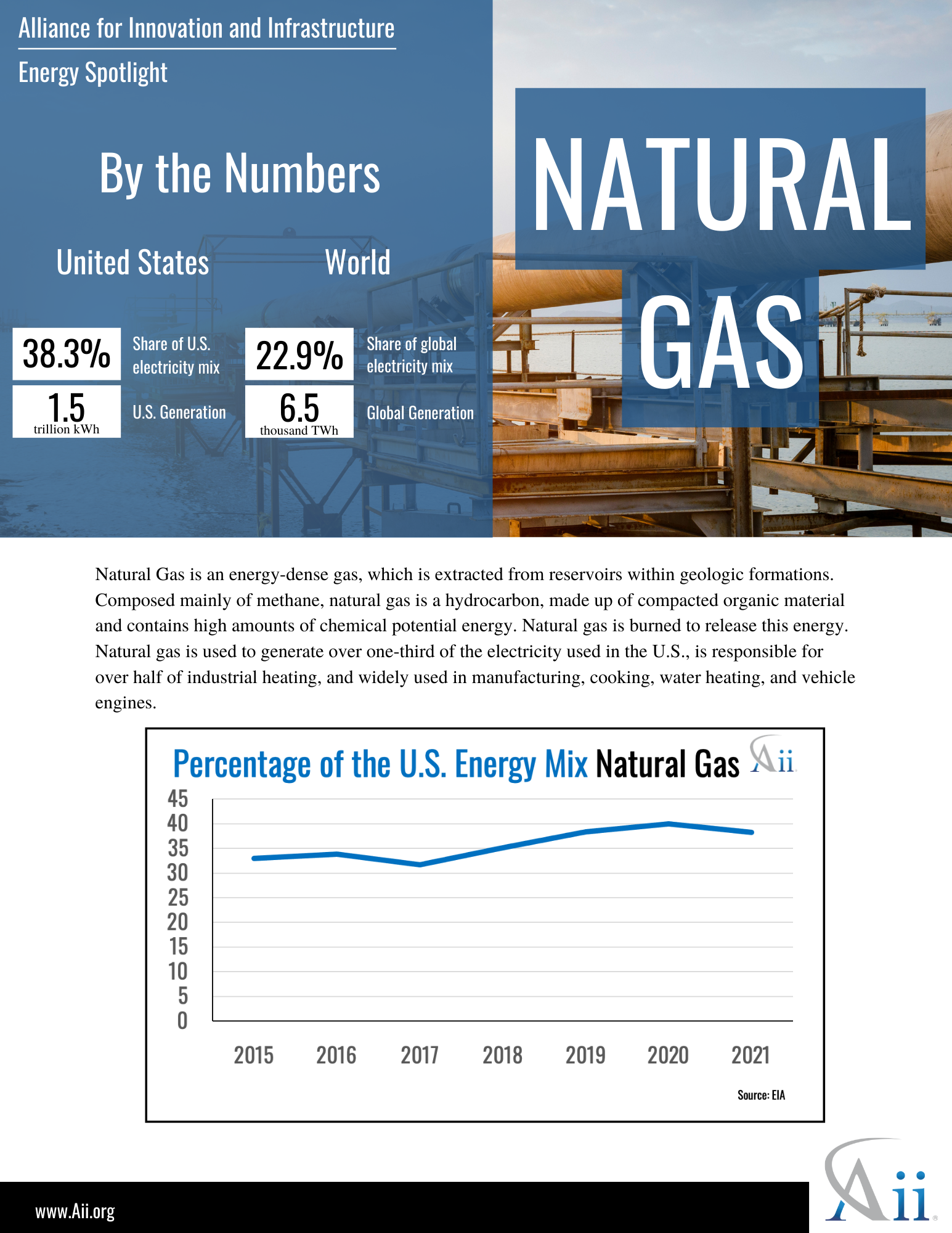
Energy Spotlight: Natural Gas October, 2022 Energy, Climate and Conservation policy-briefs energy climate-and-conservation 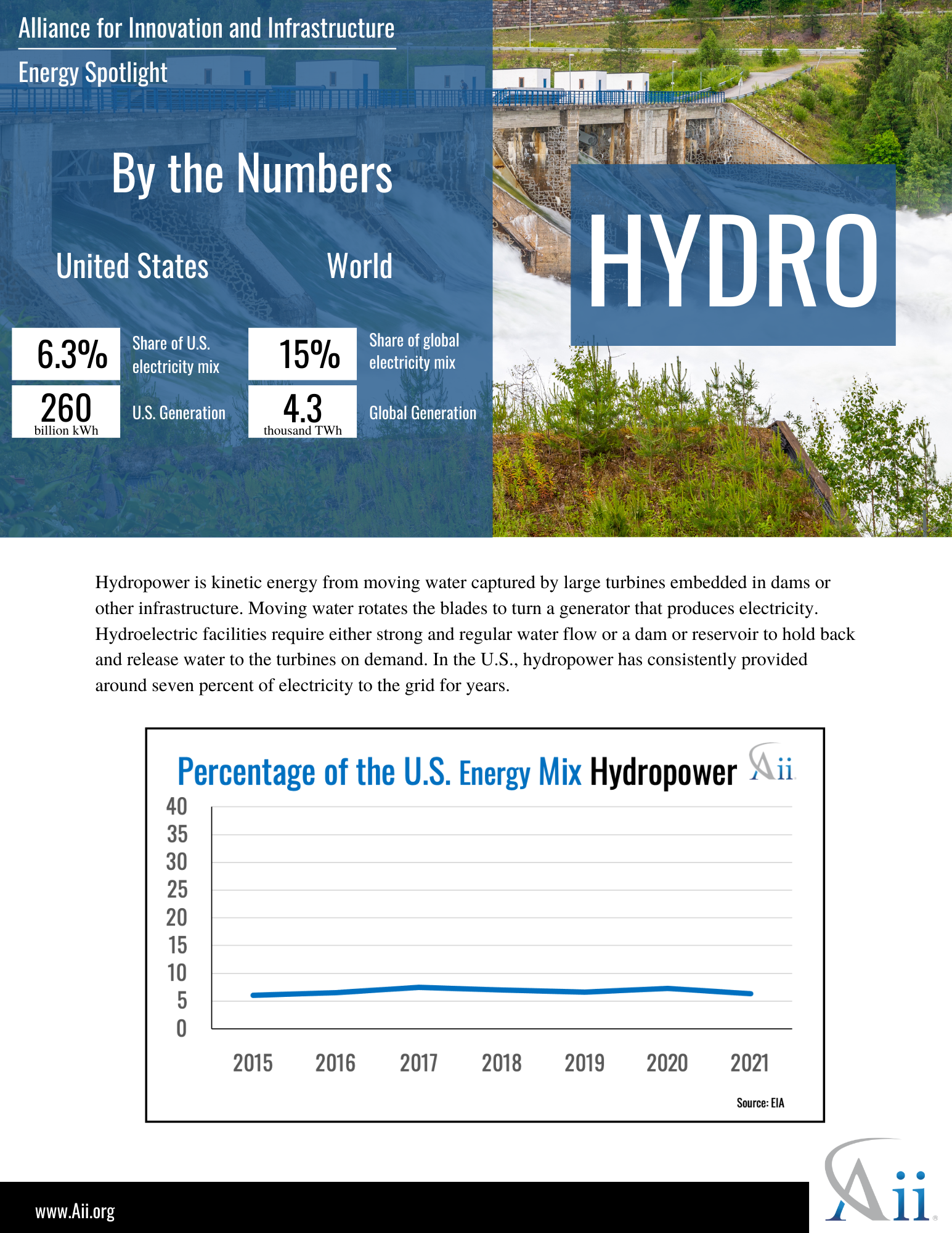
Energy Spotlight: Hydro October, 2022 Energy, Climate and Conservation policy-briefs energy climate-and-conservation 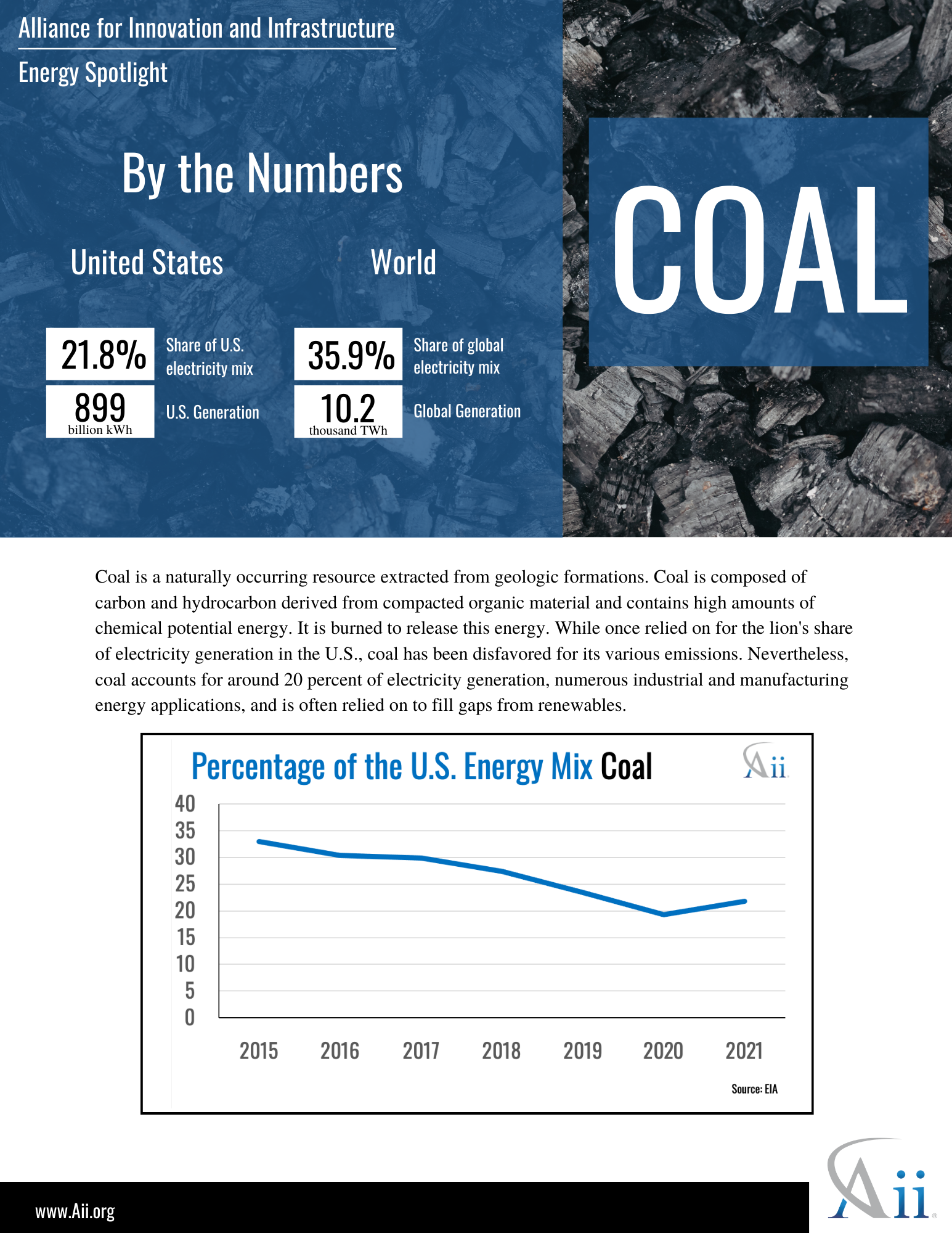
Energy Spotlight: Coal October, 2022 Energy, Climate and Conservation policy-briefs energy climate-and-conservation 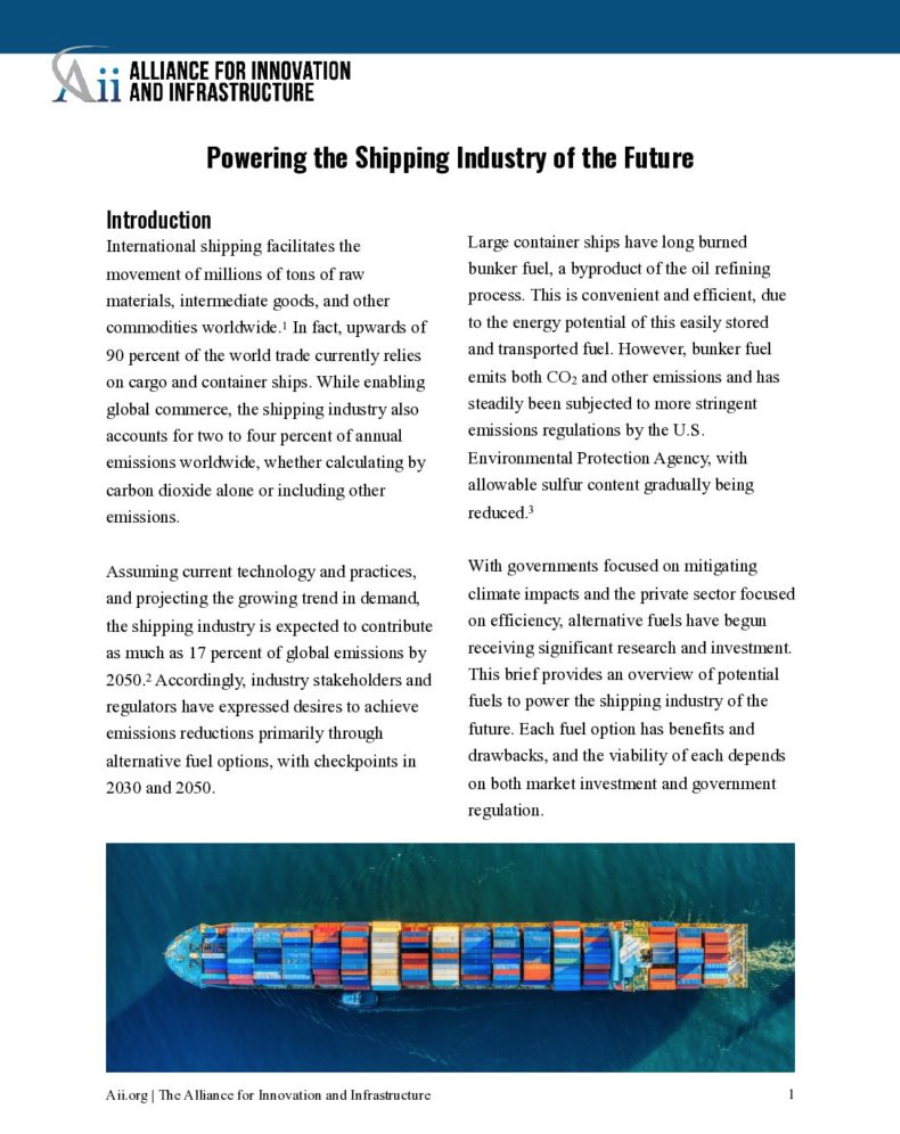
Powering the Shipping Industry of the Future May, 2022 Transportation, Climate and Conservation, Maritime policy-briefs transportation climate-and-conservation maritime 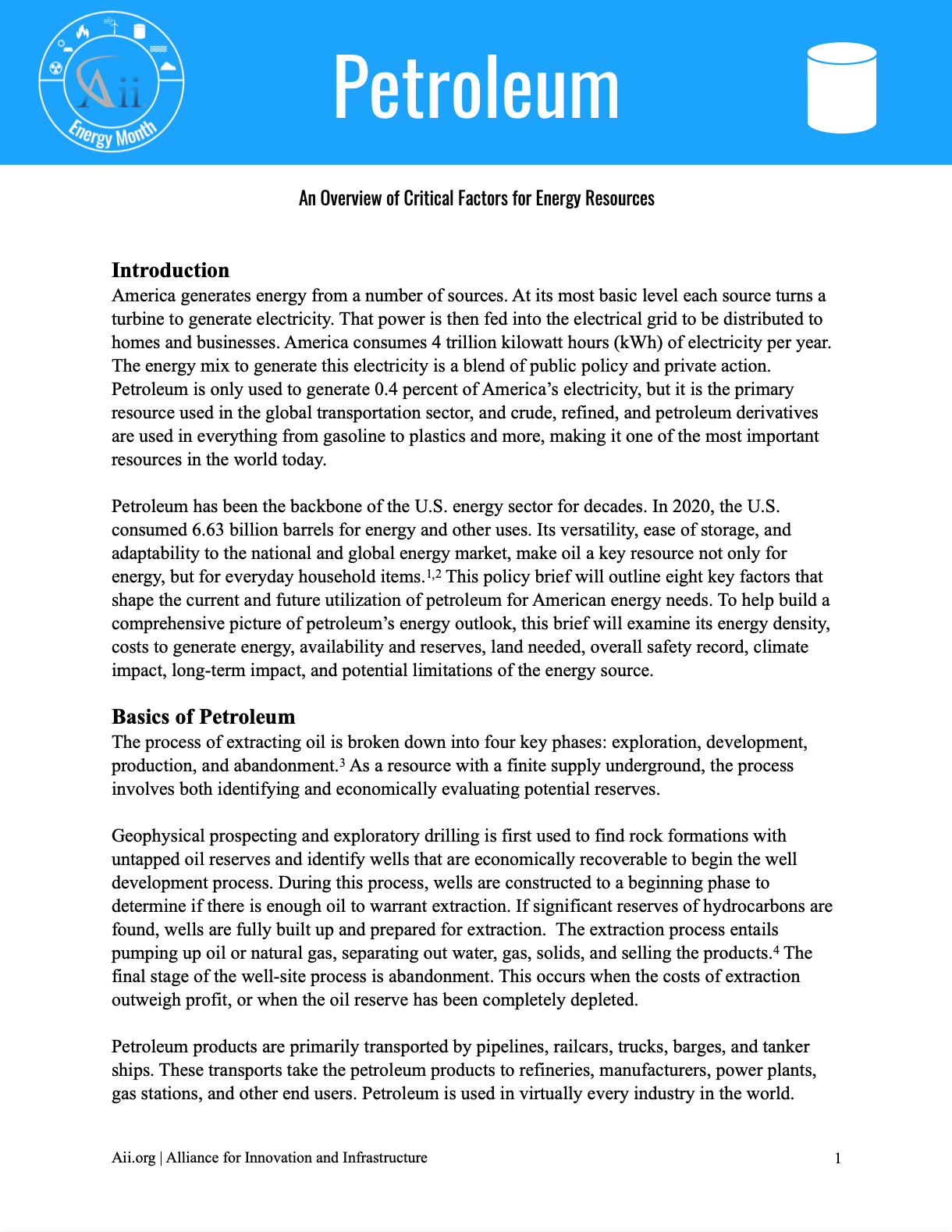
Petroleum Brief August, 2021 Energy, Climate and Conservation, Petroleum policy-briefs energy climate-and-conservation petroleum 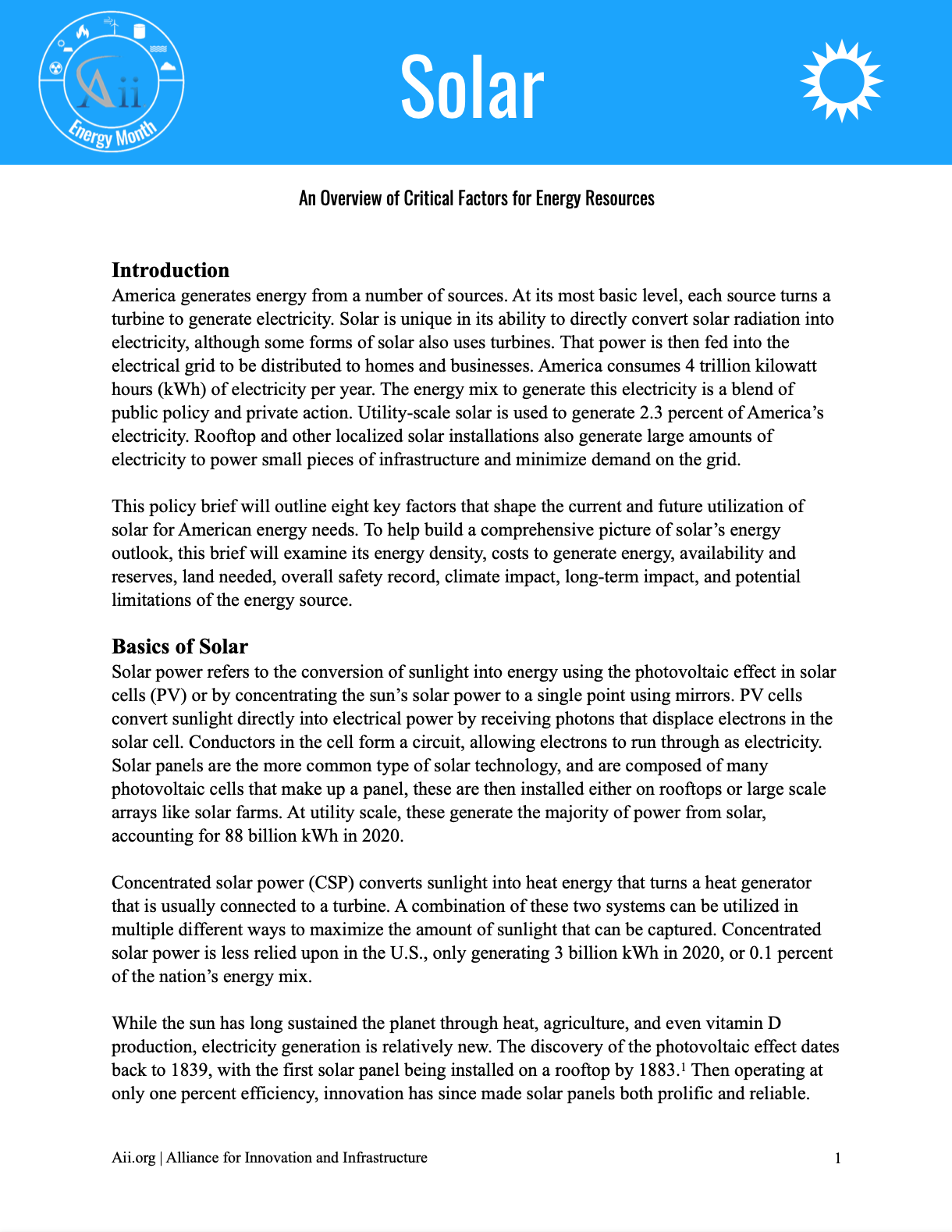
Solar Energy Brief August, 2021 Energy, Climate and Conservation policy-briefs energy climate-and-conservation 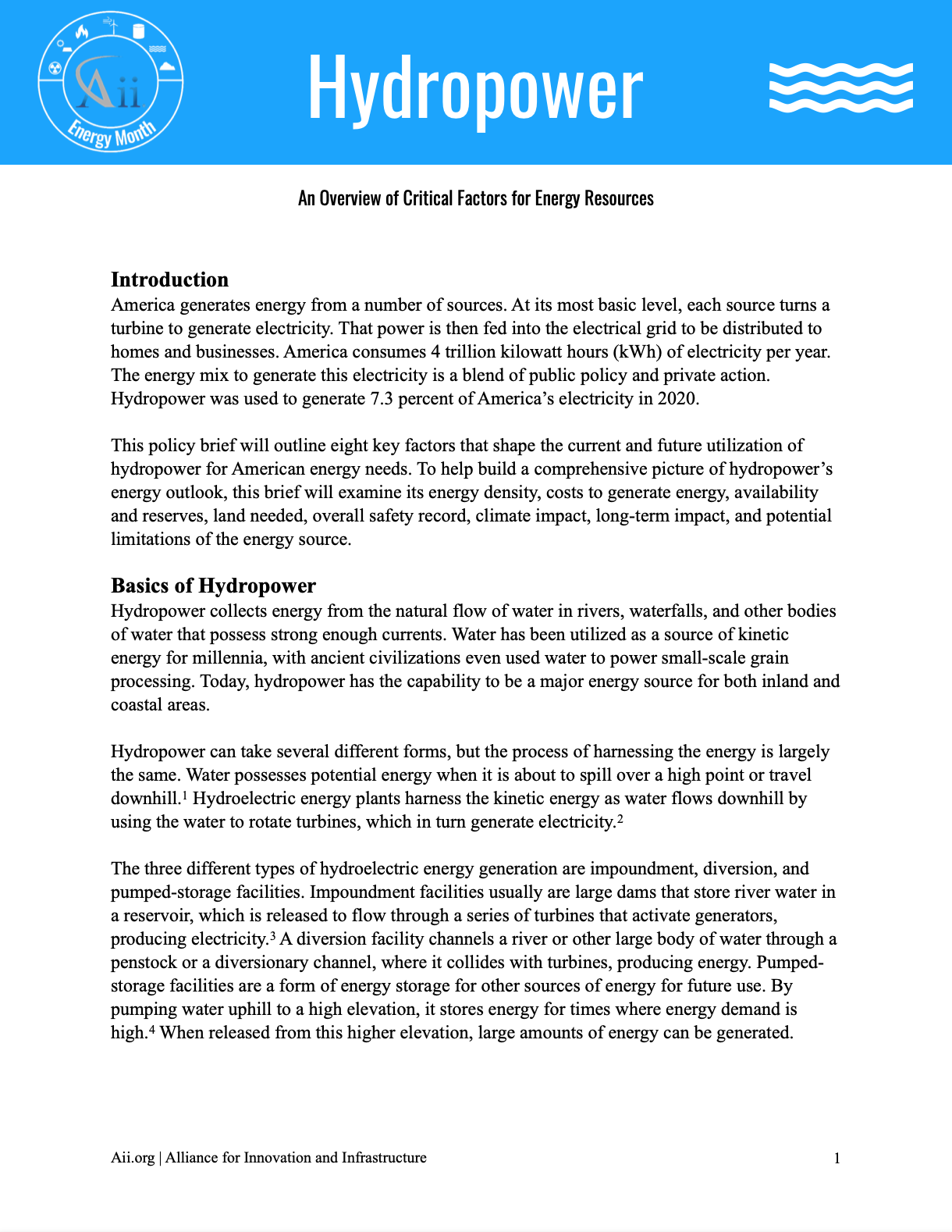
Hydropower Brief August, 2021 Energy, Climate and Conservation policy-briefs energy climate-and-conservation 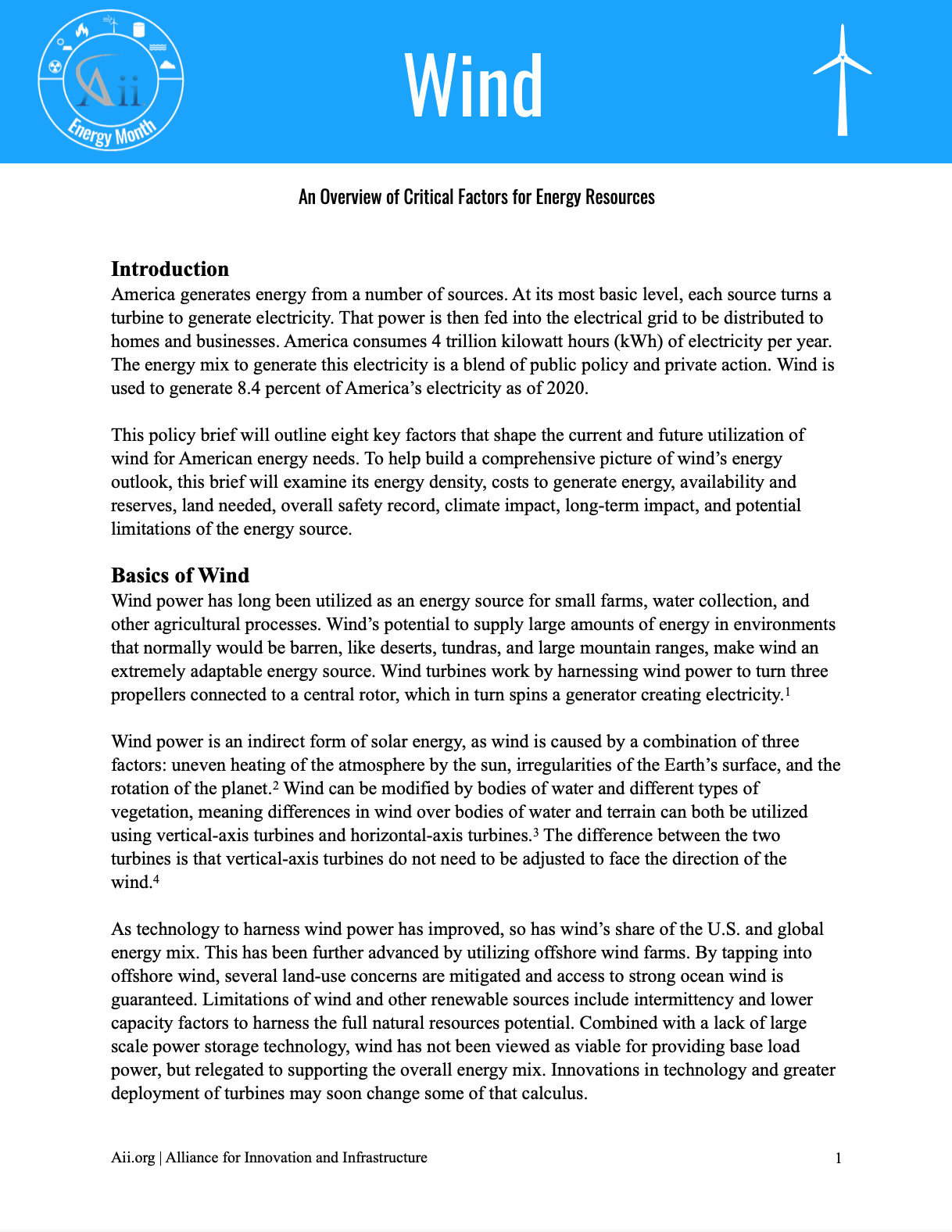
Wind Energy Brief August, 2021 Energy, Climate and Conservation policy-briefs energy climate-and-conservation 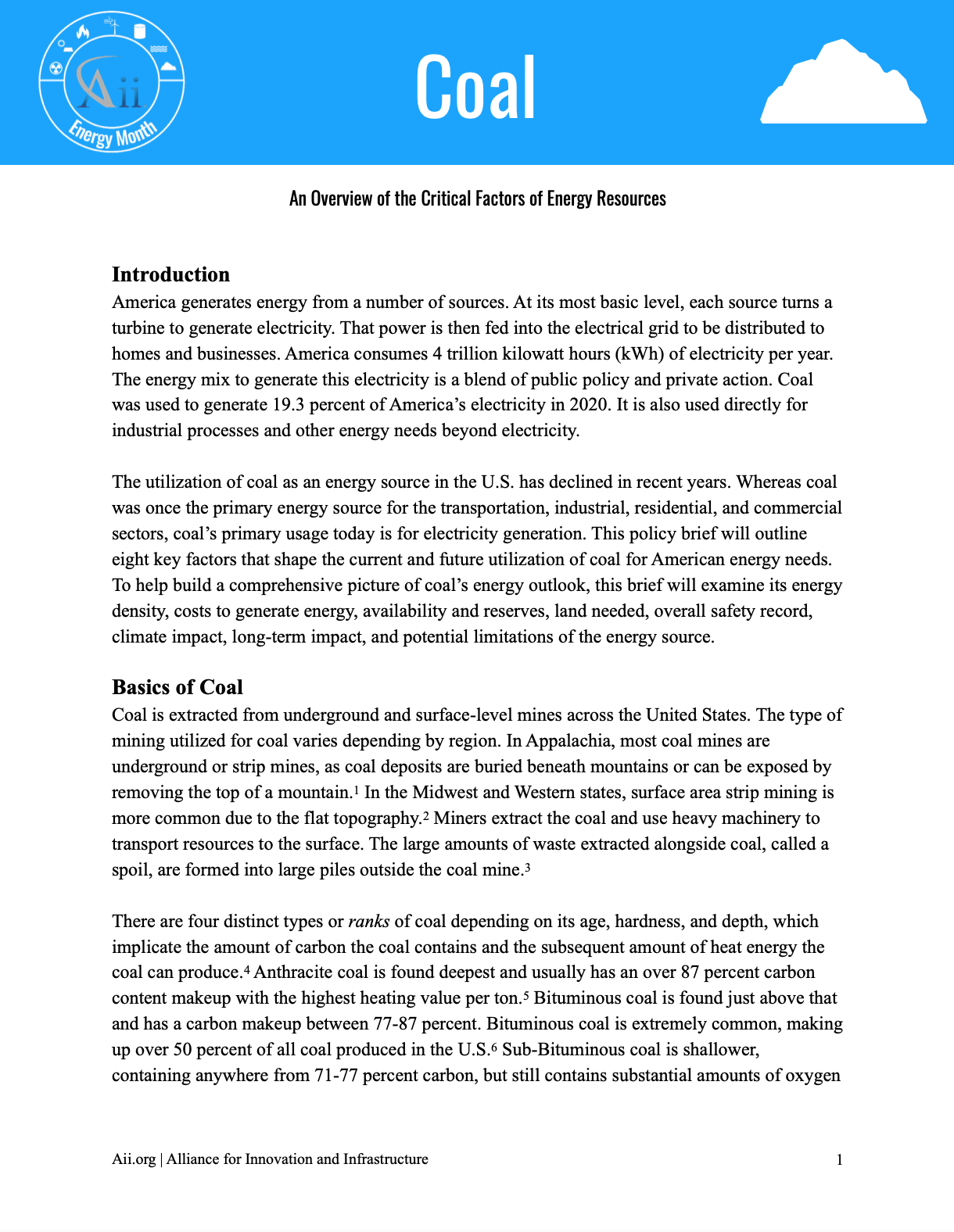
Coal Brief August, 2021 Energy, Climate and Conservation policy-briefs energy climate-and-conservation 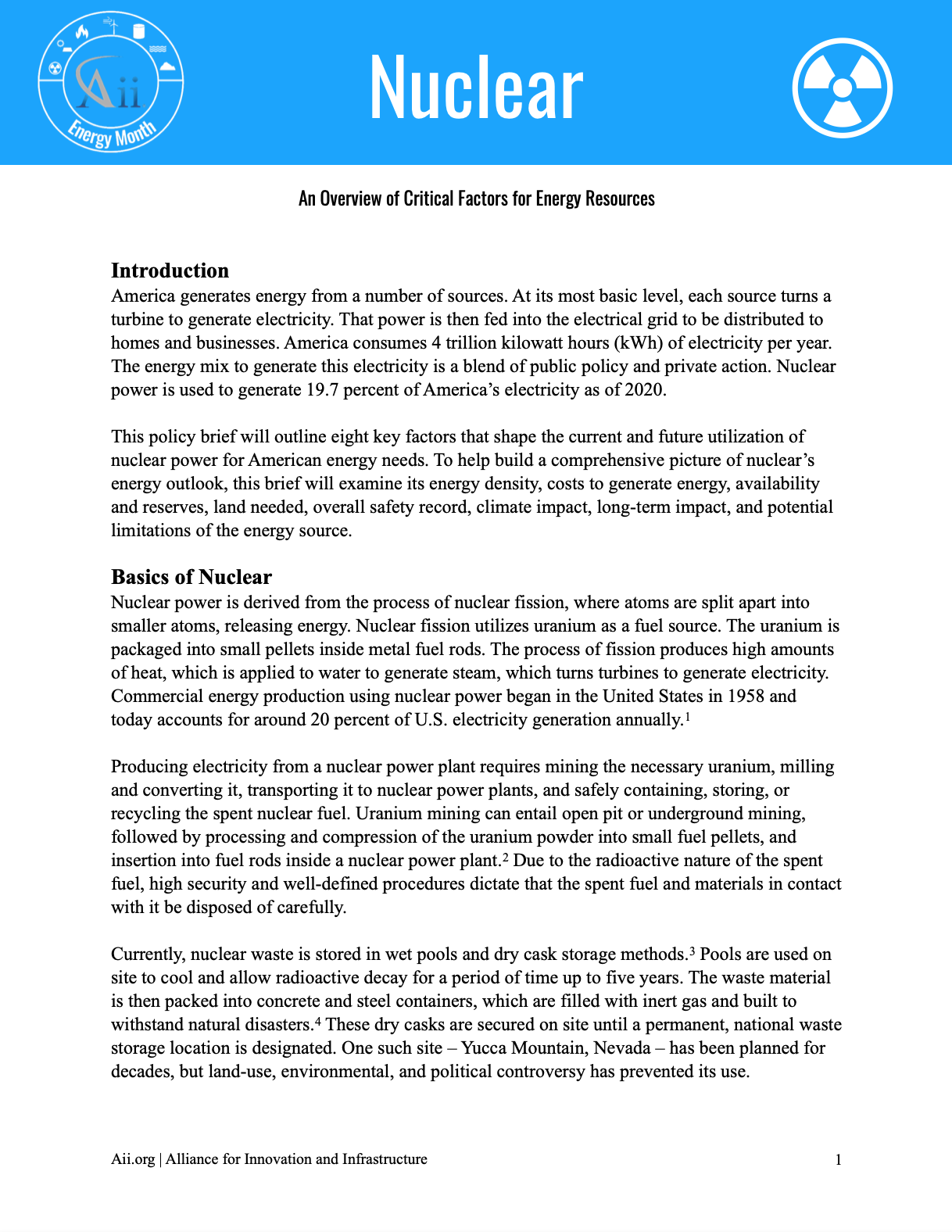
Nuclear Energy Brief August, 2021 Energy, Climate and Conservation policy-briefs energy climate-and-conservation 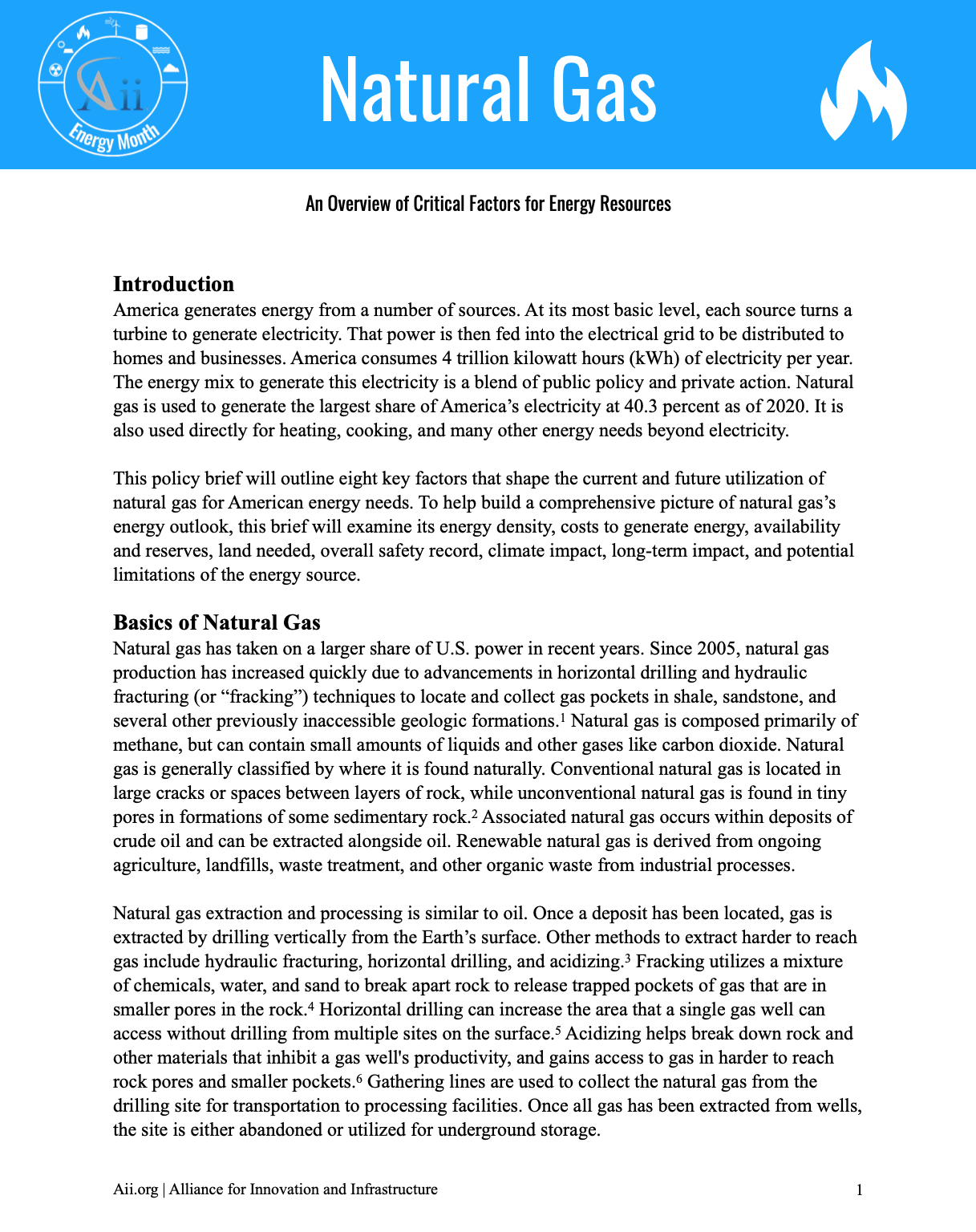
Natural Gas Brief August, 2021 Energy, Climate and Conservation policy-briefs energy climate-and-conservation 
IMO 2020 Rule Primer: Background and Potential Impacts May, 2019 Energy, Climate and Conservation policy-briefs energy climate-and-conservation 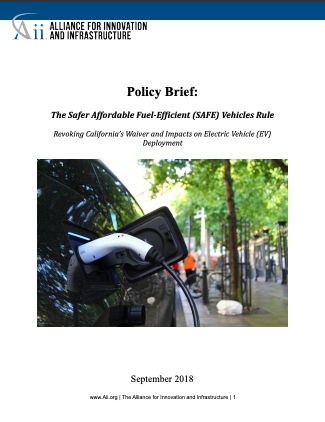
The Safer Affordable Fuel-Efficient (SAFE) Vehicle Act September, 2018 Transportation, Innovation and Technology, Climate and Conservation policy-briefs transportation innovation-and-technology climate-and-conservation 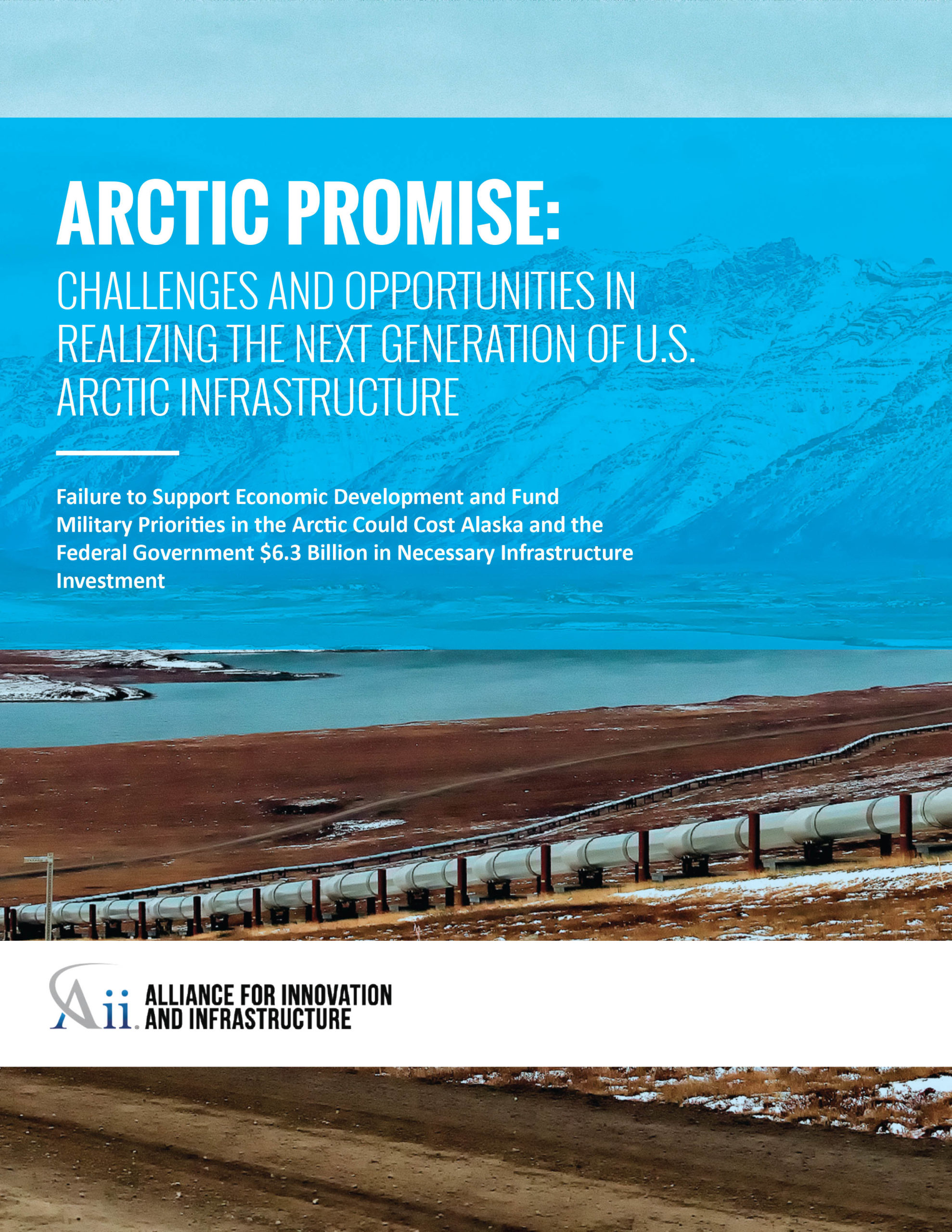
ARCTIC PROMISE: Challenges and Opportunities in Realizing the Next Generation of U.S. Arctic Infrastructure February, 2017 Transportation, Energy, Climate and Conservation, Petroleum white-papers transportation energy climate-and-conservation petroleum 
Balancing Environmental Protection and National Infrastructure Development April, 2016 Transportation, Energy, Climate and Conservation policy-briefs transportation energy climate-and-conservation
